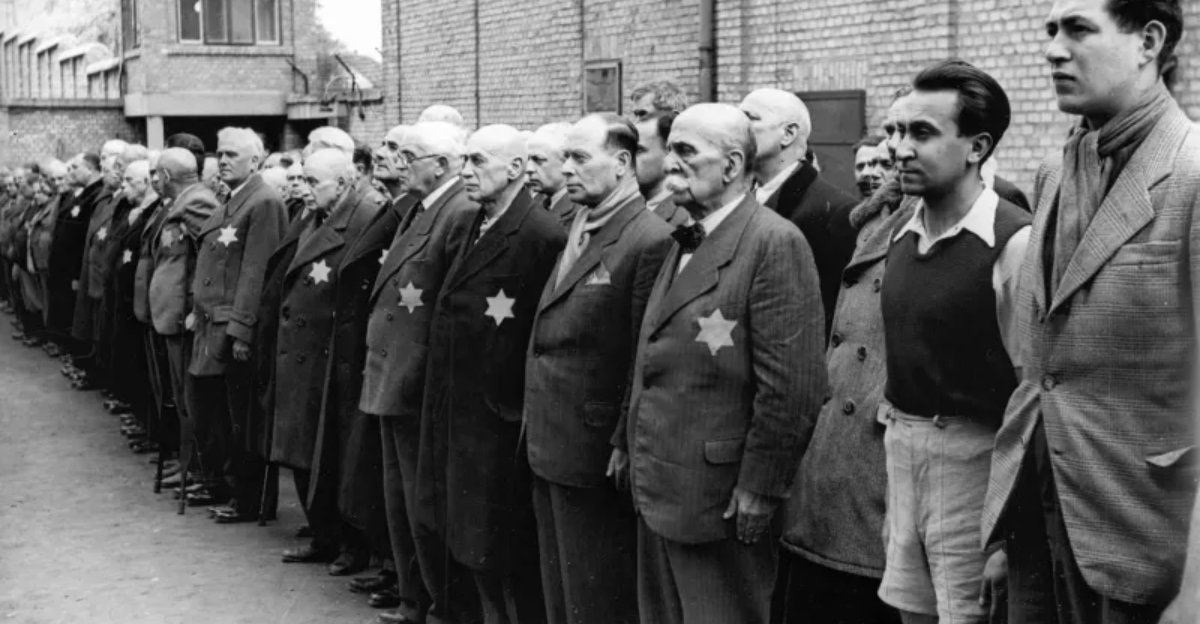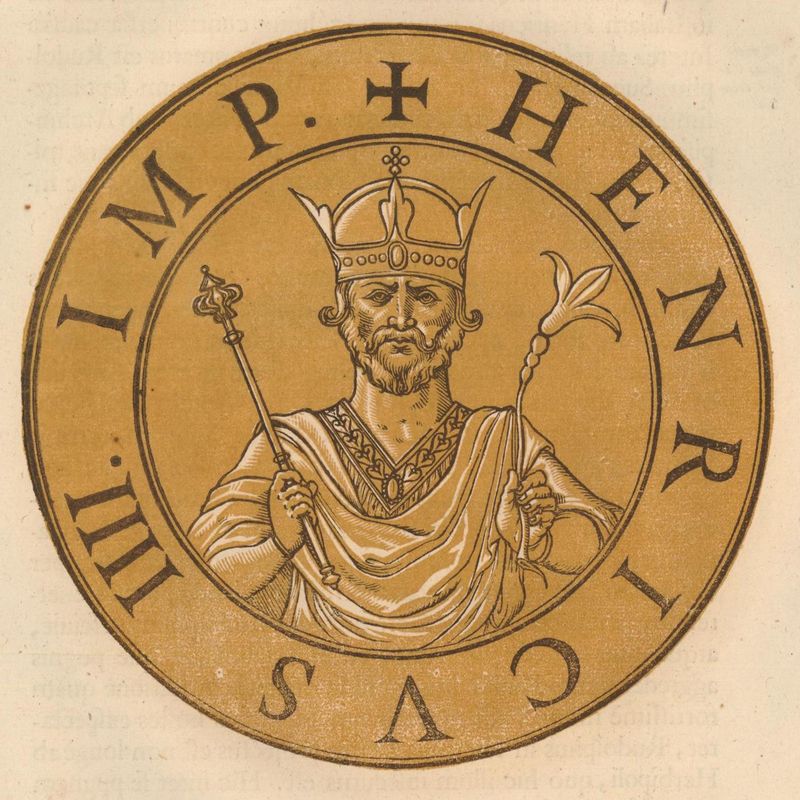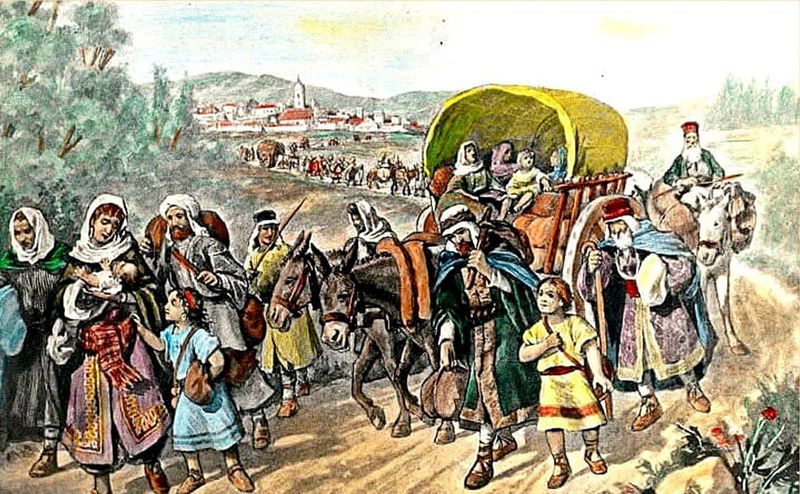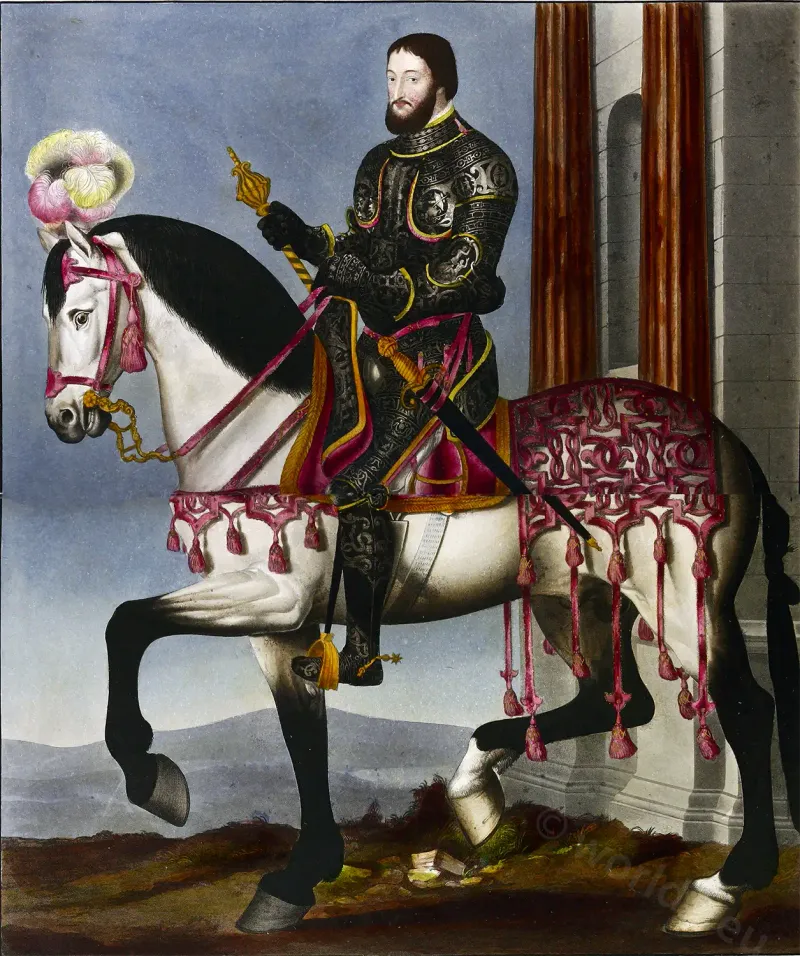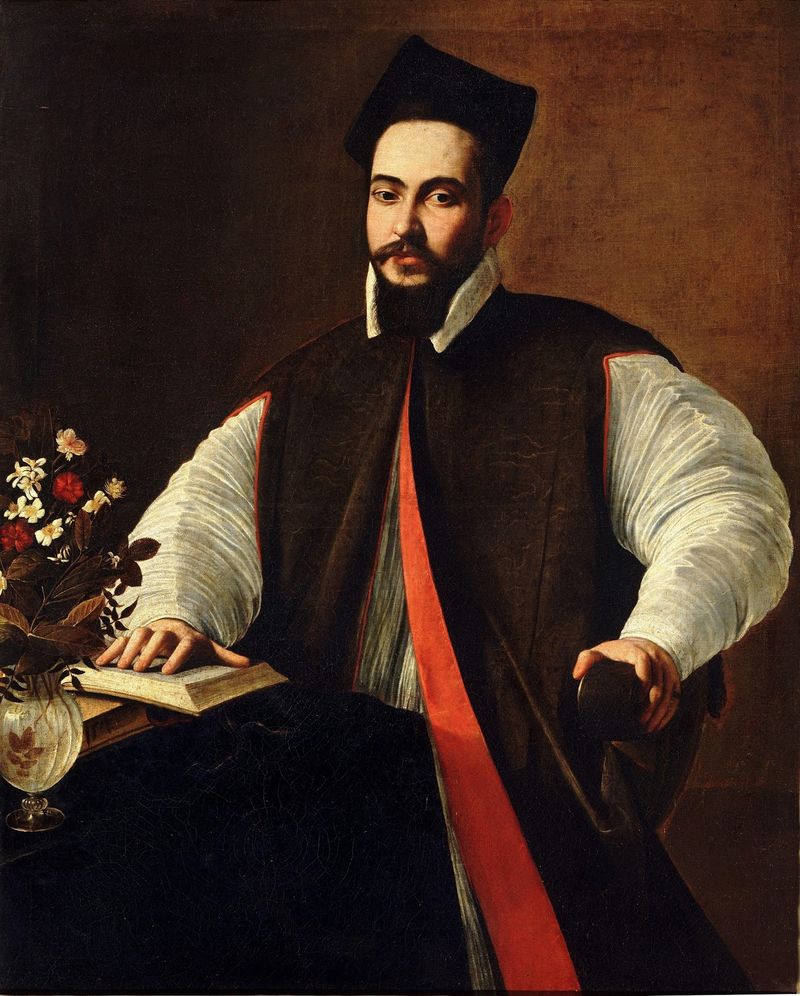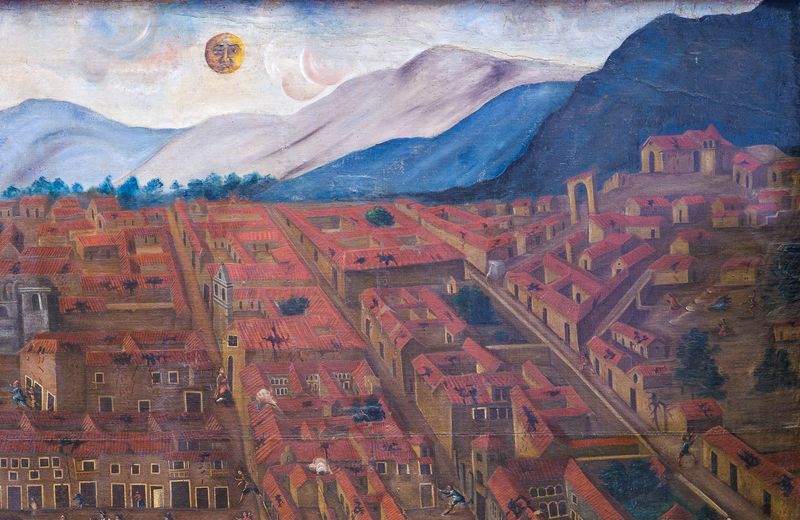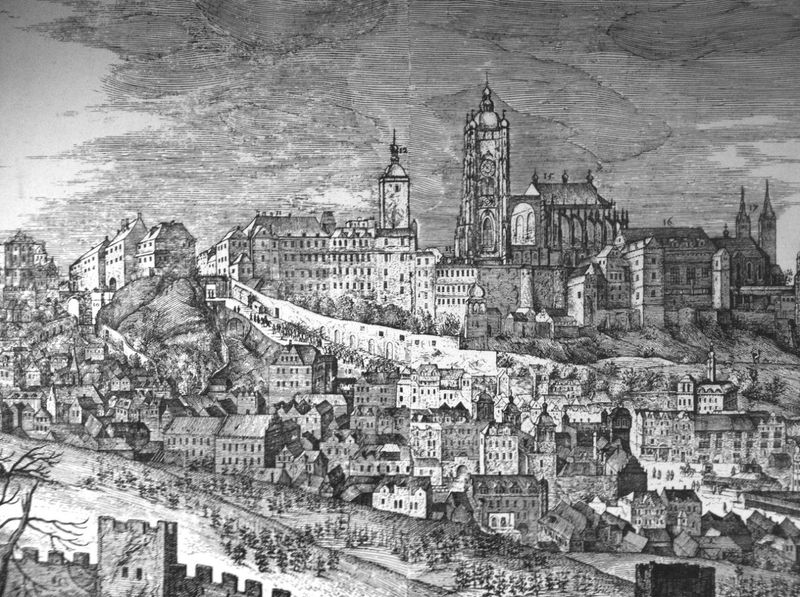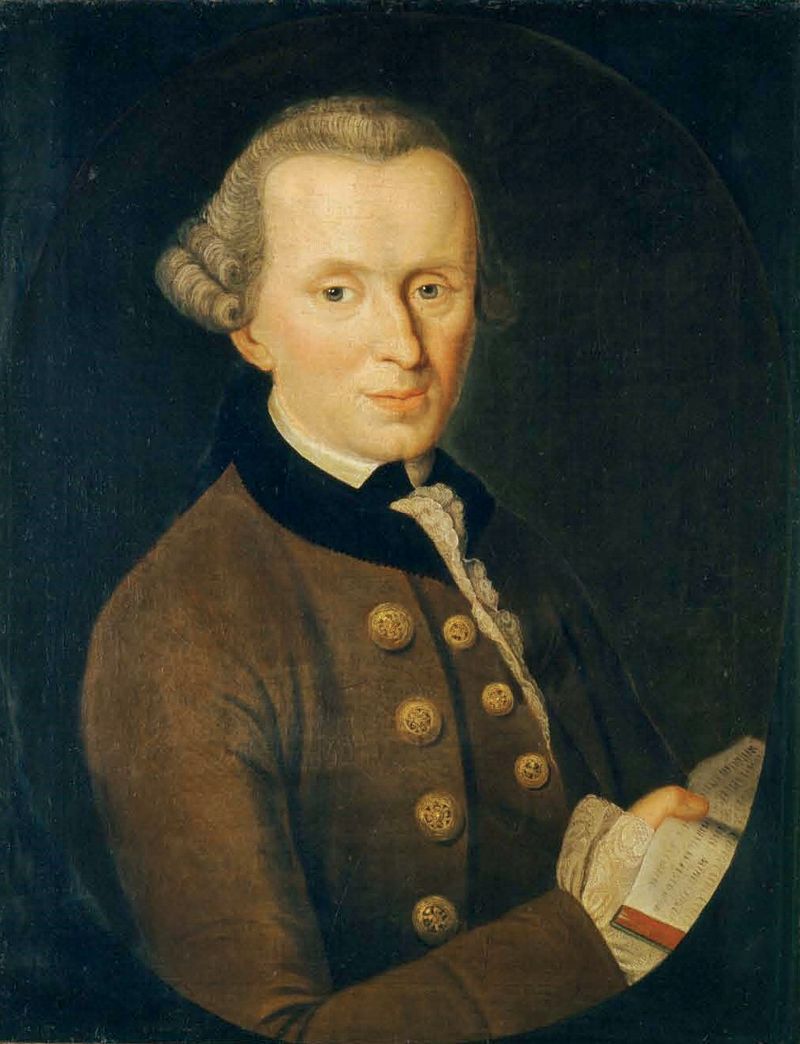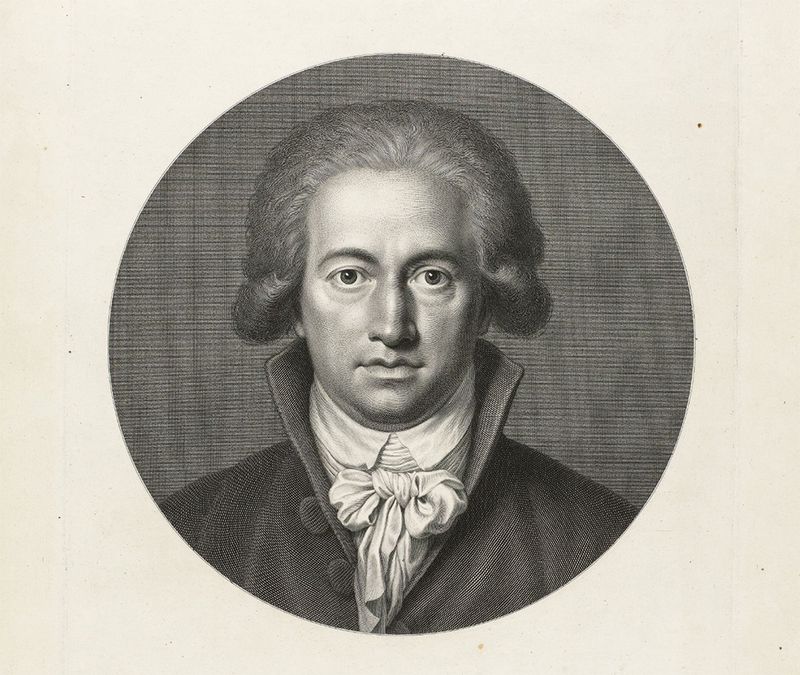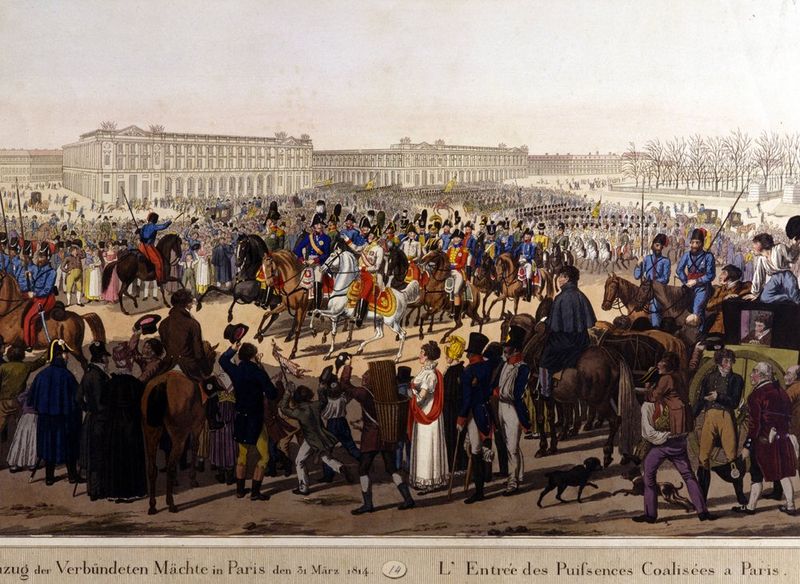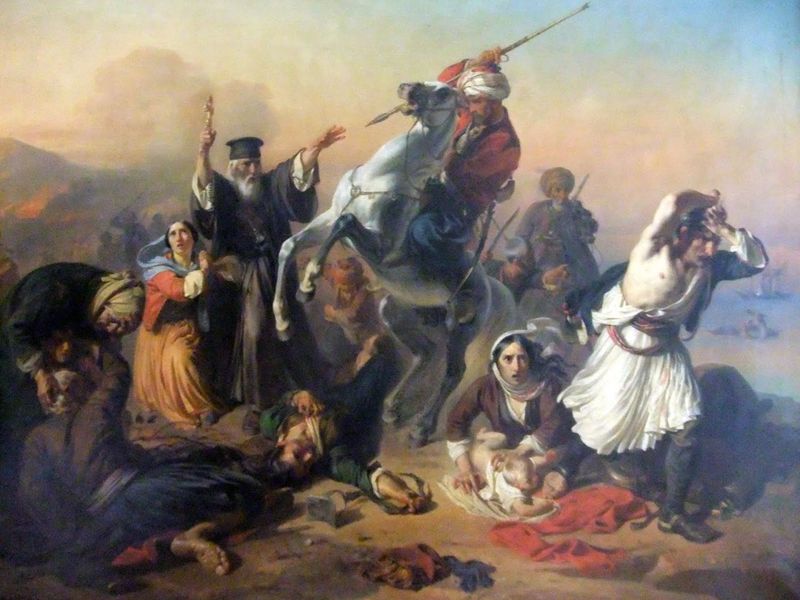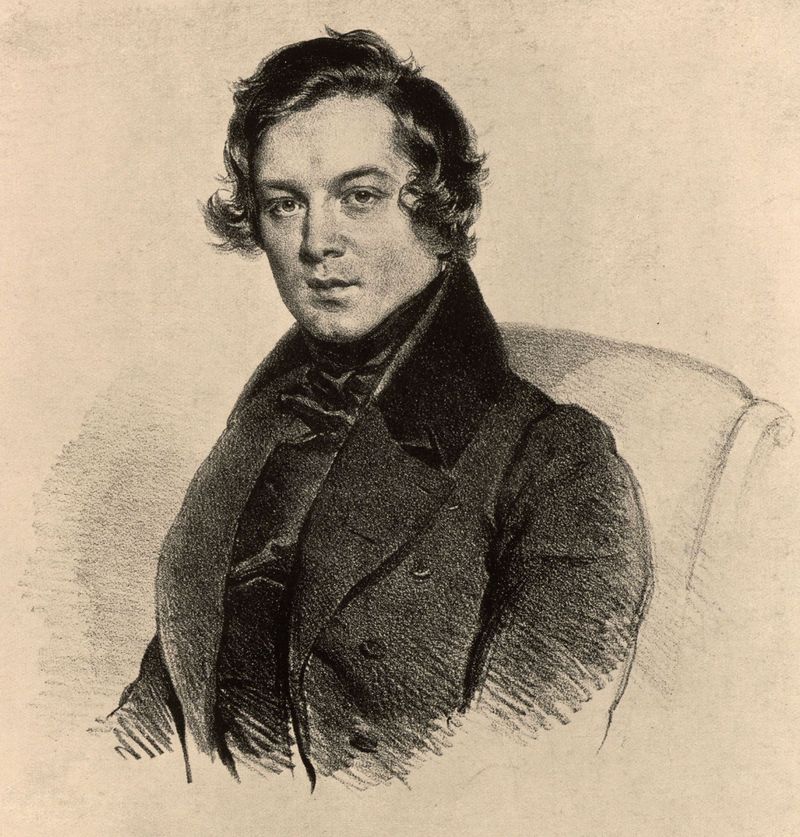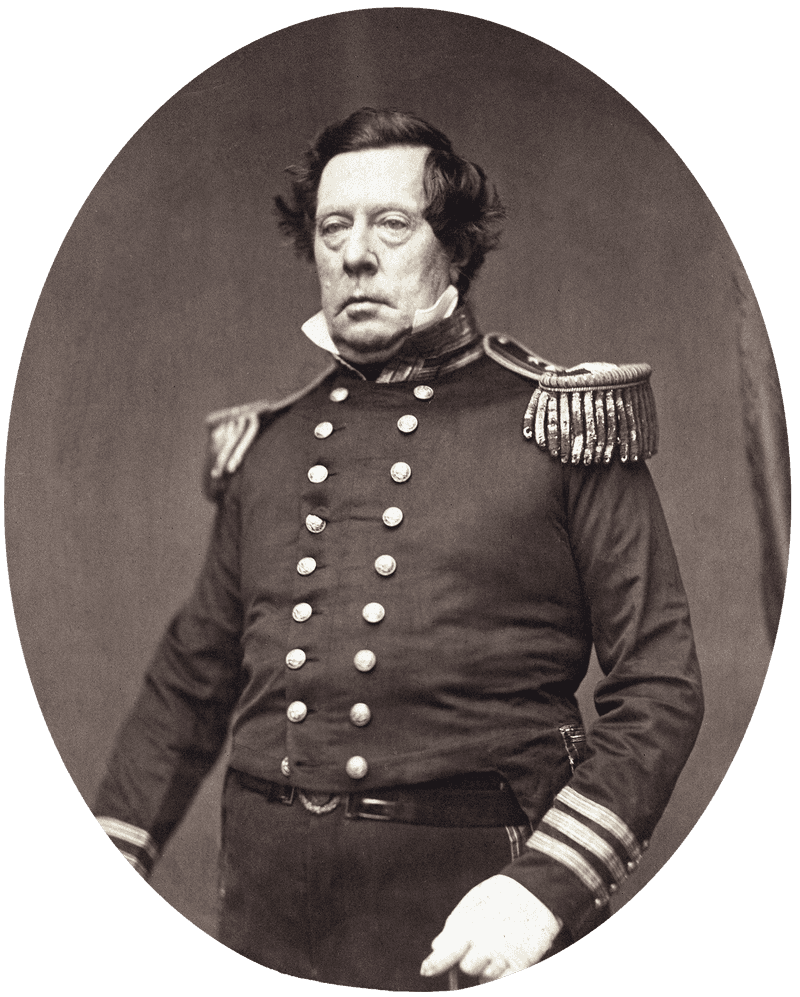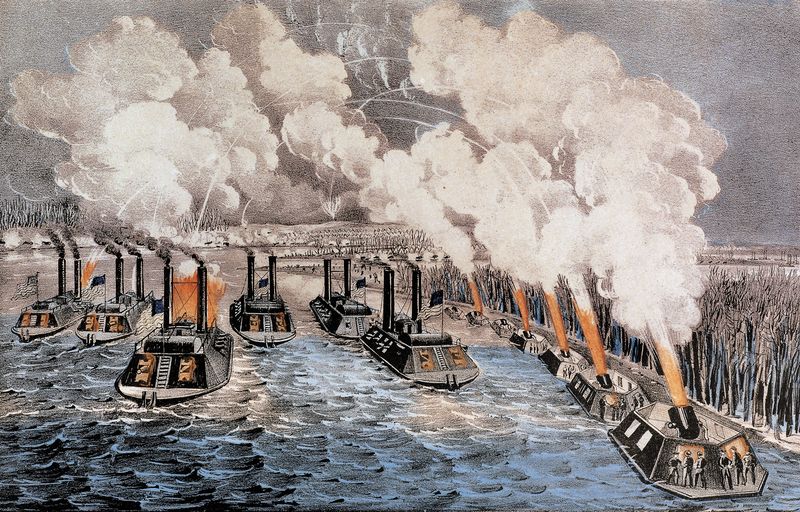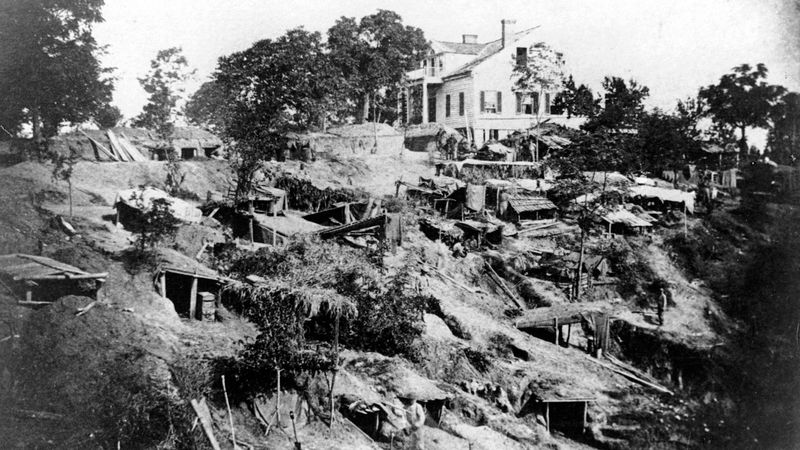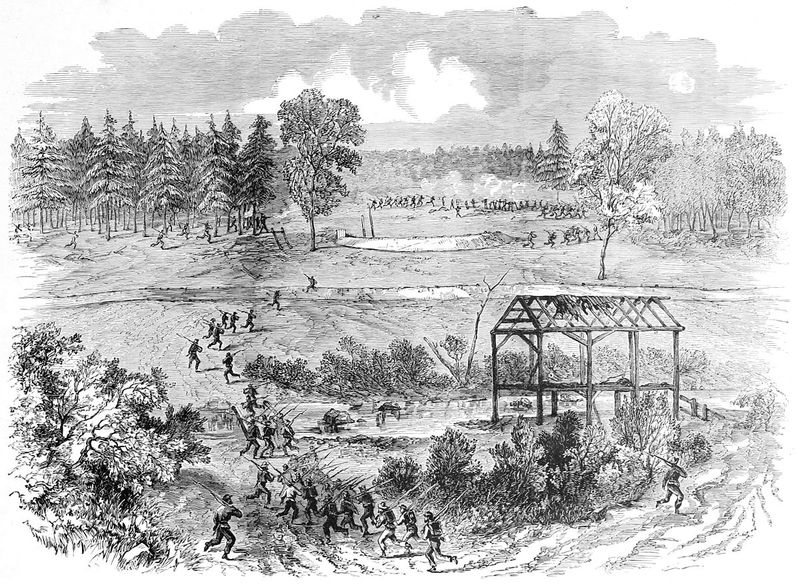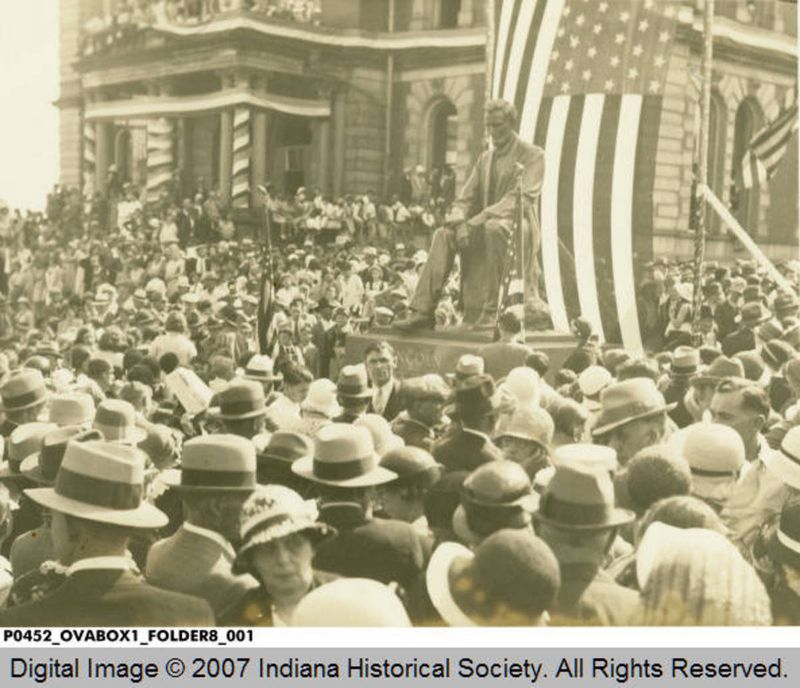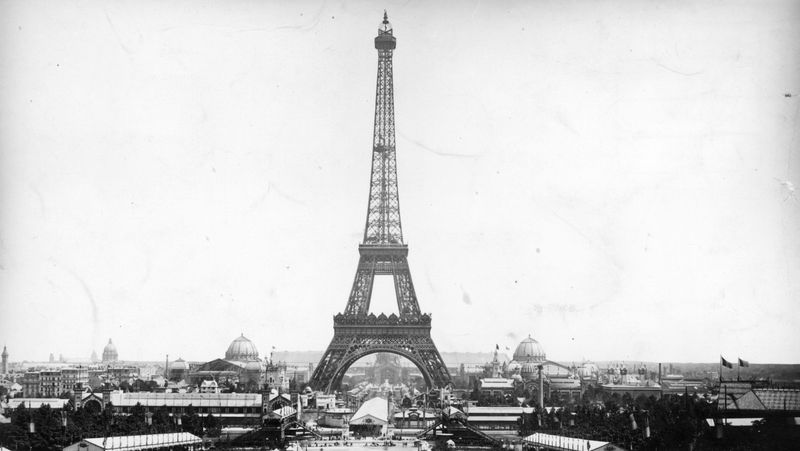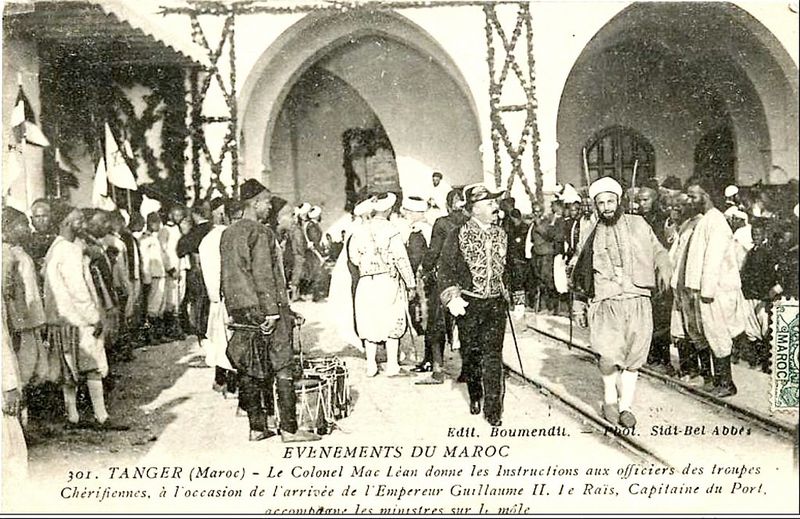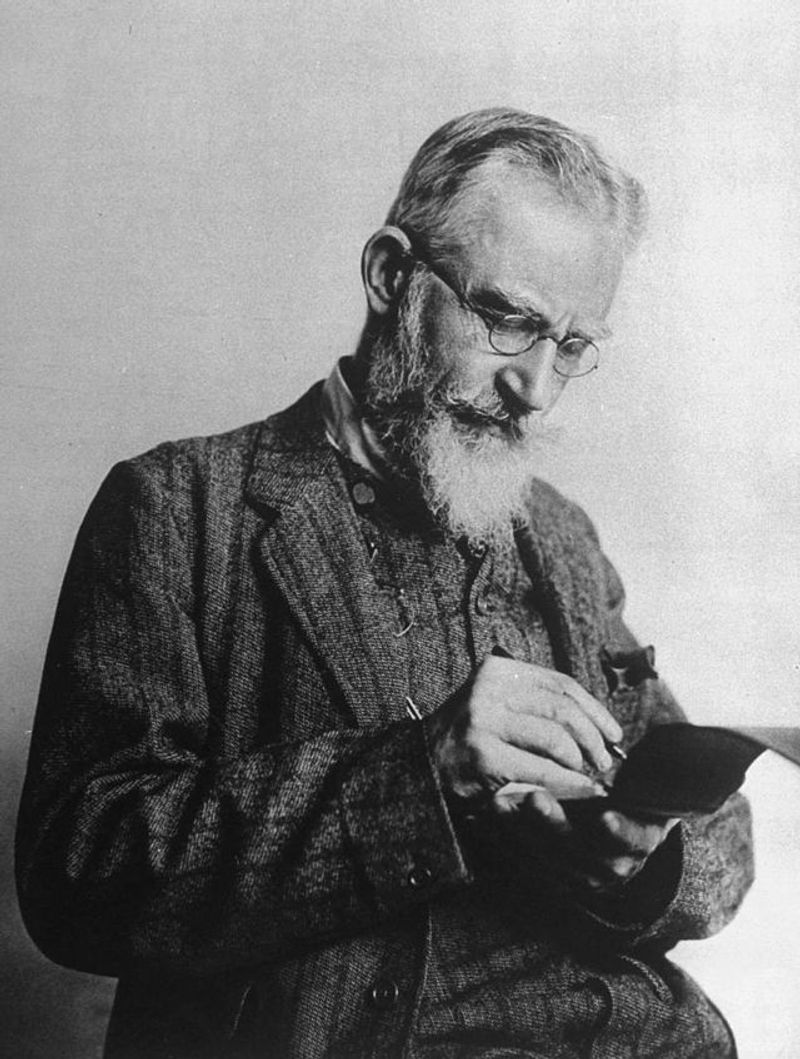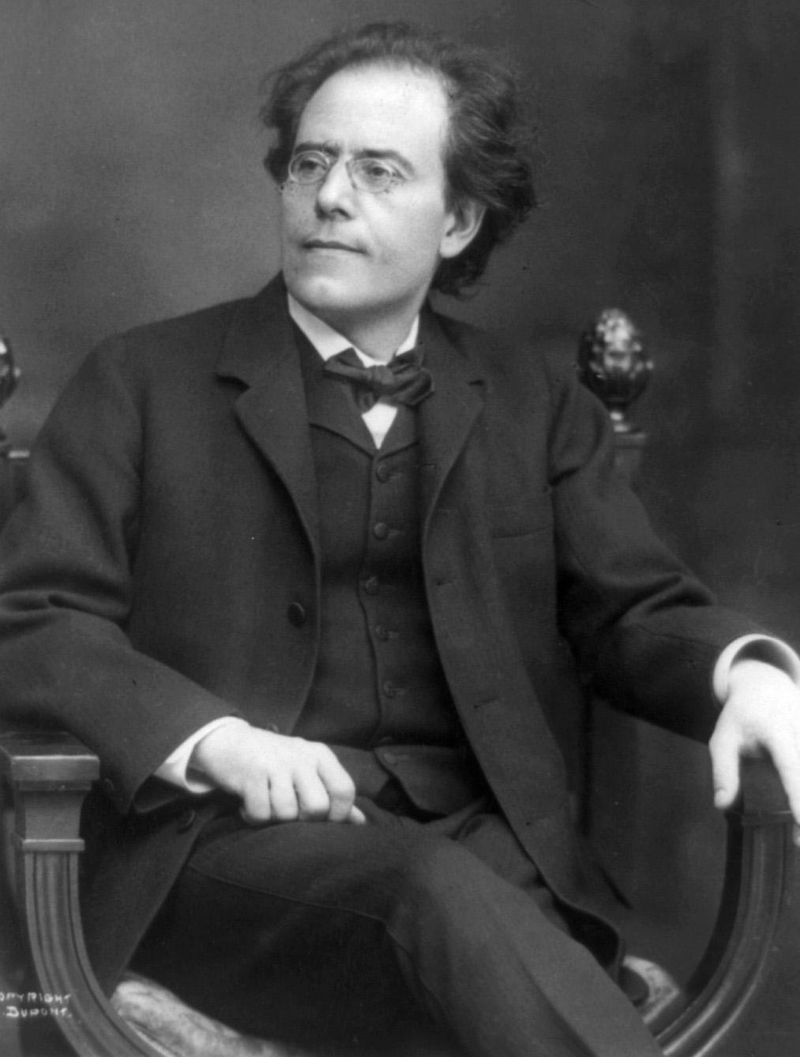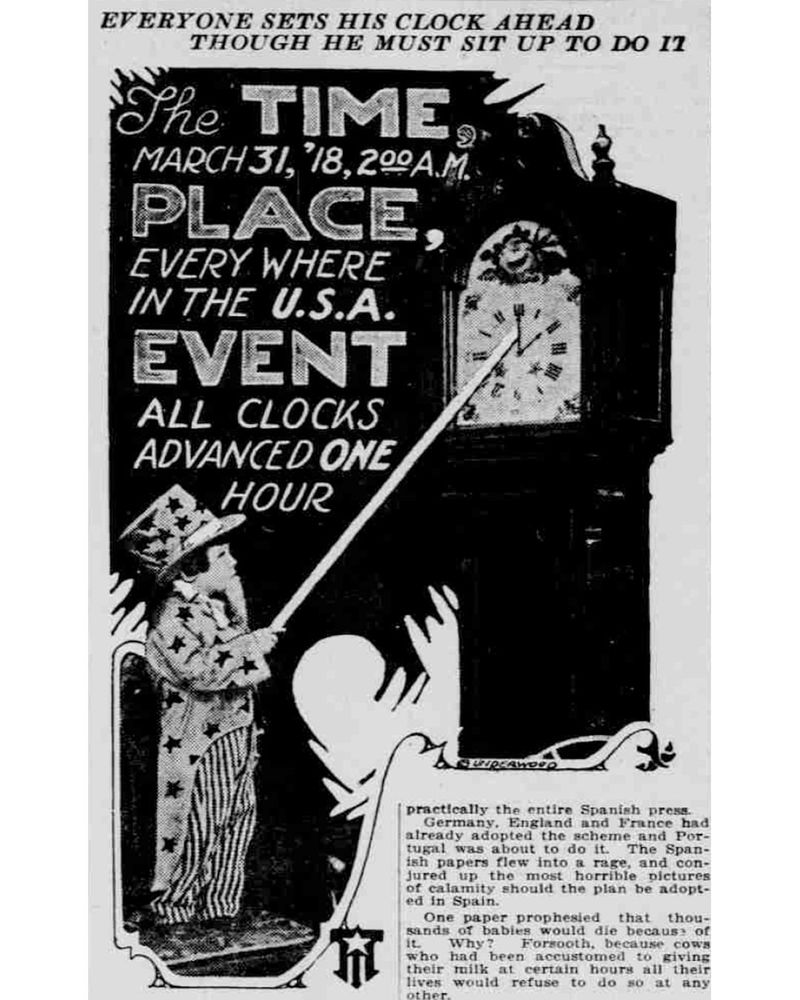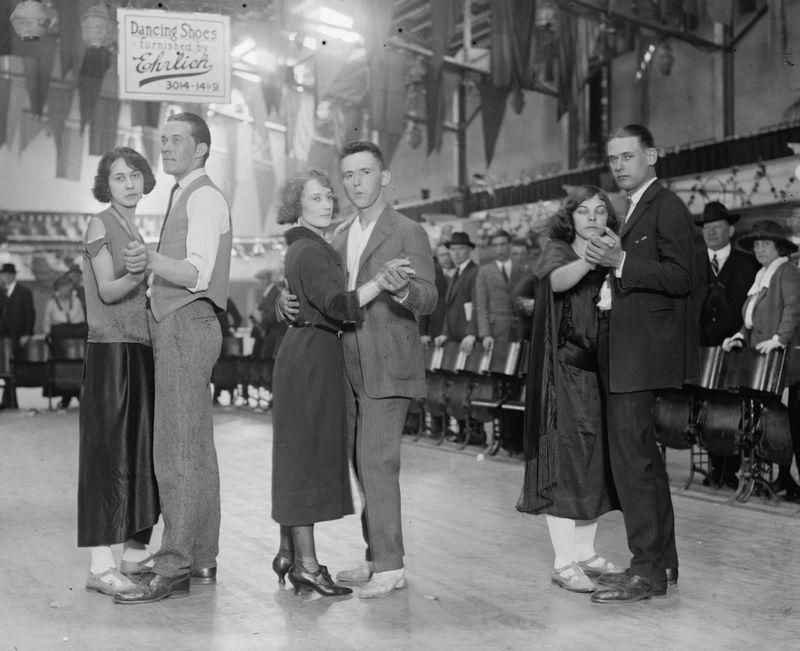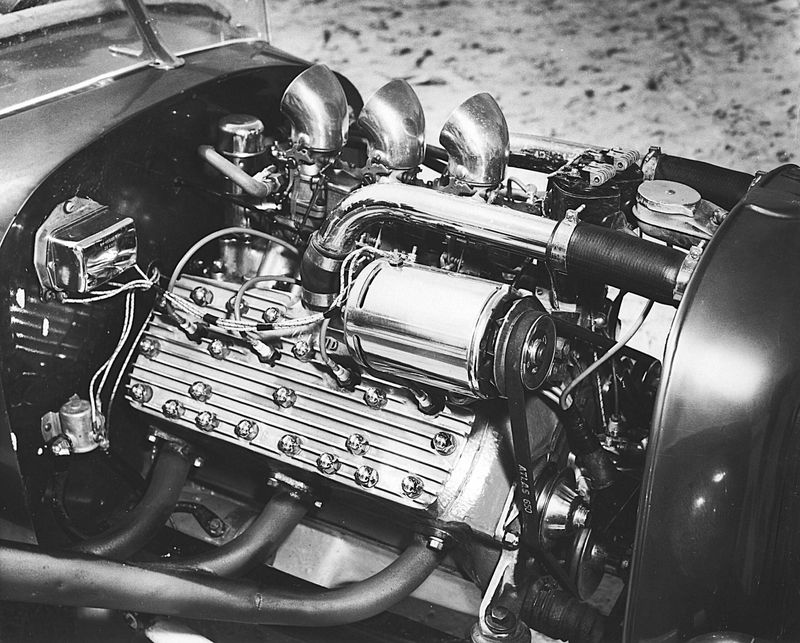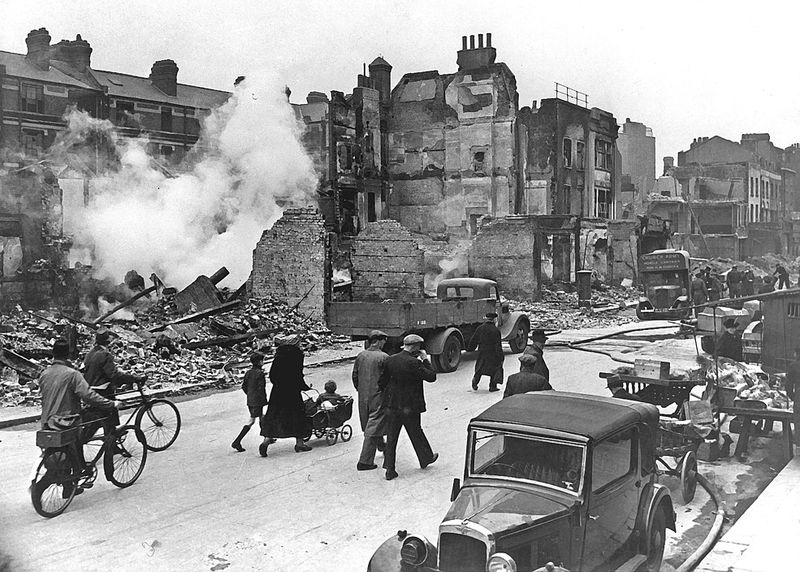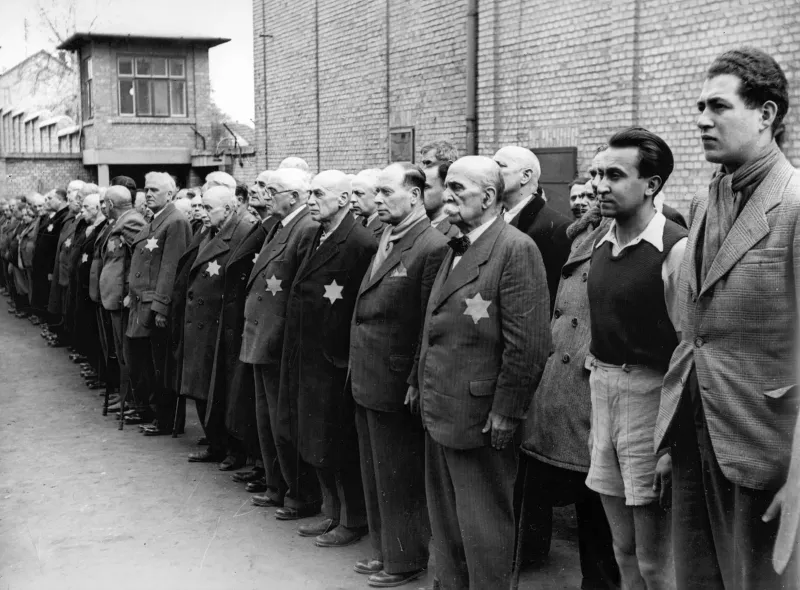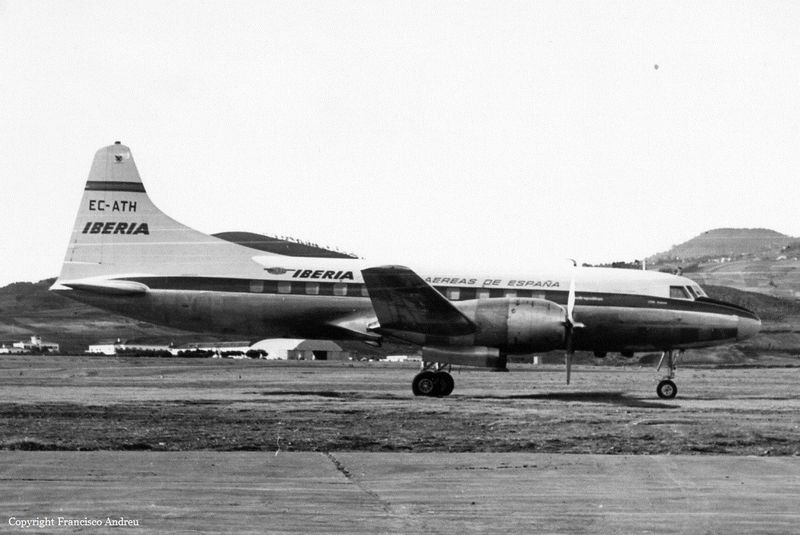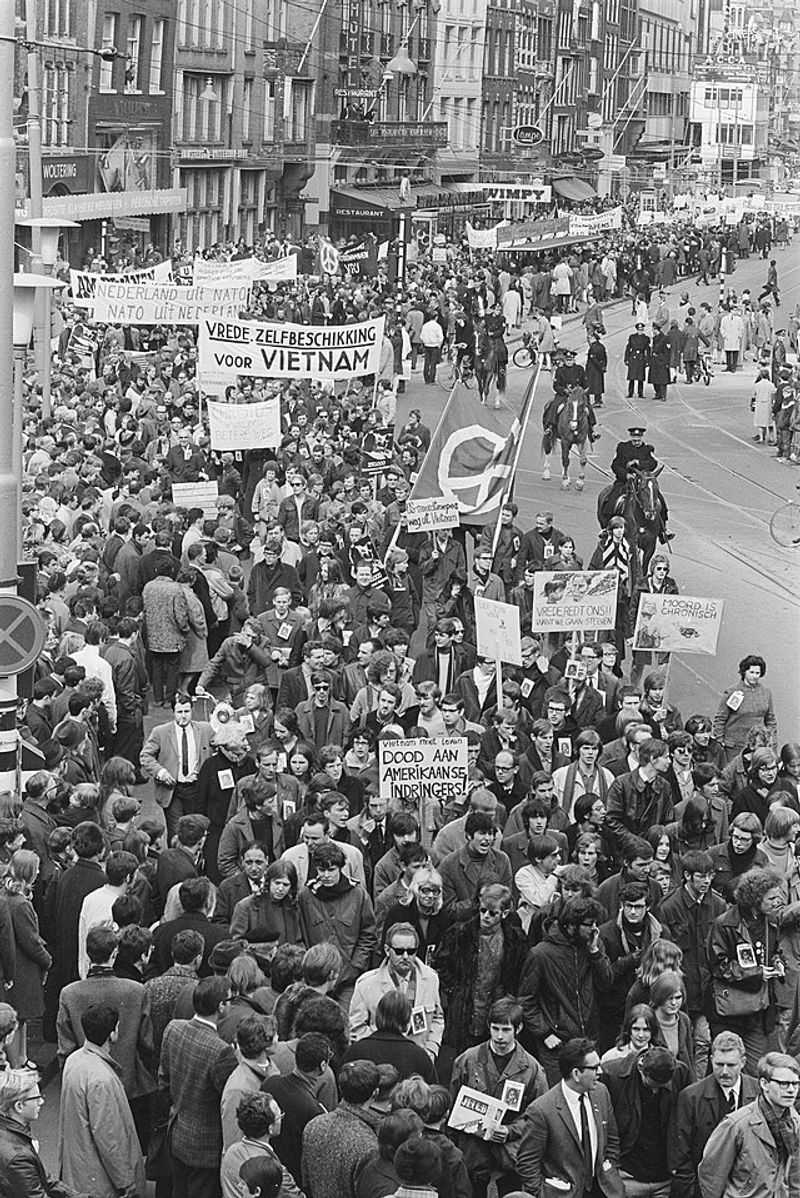March 31st marks a day of notable historical significance, with events spanning centuries. From political upheavals and cultural milestones to technological advancements and natural disasters, each moment has left an indelible mark on history.
Join us as we explore these fascinating events, each echoing its own story of triumph, tragedy, or transformation. Whether it’s a pivotal treaty or an artistic debut, March 31st offers a remarkable glimpse into the past.
This chronological journey through 29 historic moments provides a unique perspective on how the world has evolved over time, inviting curiosity and reflection.
1. 1084 Anti-pope Clement crowns German King Hendrik IV as Holy Roman Emperor
In 1084, a significant event unfolded as Anti-pope Clement crowned German King Hendrik IV as Holy Roman Emperor. This remarkable ceremony took place amidst a backdrop of intense political and religious strife.
During this era, the authority of the papacy was fiercely contested, leading to the rise of antipopes. Anti-pope Clement, an influential figure in this religious schism, played a pivotal role.
The crowning of Hendrik IV symbolized a consolidation of power, reflecting the complex dynamics between church and state. This event marked a significant episode in the medieval struggle for supremacy between secular rulers and religious authorities.
2. 1492 Queen Isabella I of Castile and King Ferdinand II of Aragon issue the Alhambra Decree expelling Jews from their kingdoms
On March 31, 1492, Queen Isabella I and King Ferdinand II issued the Alhambra Decree, a momentous edict that ordered the expulsion of Jews from their kingdoms.
This decree was a result of the Reconquista, a period marked by the Catholic Monarchs’ efforts to consolidate religious and political unity in Spain.
The expulsion led to the displacement of thousands of Jewish families, affecting their lives profoundly.
It also had cultural and economic repercussions, as Jewish communities had been integral to Spanish society. This decree is a poignant reminder of the turbulent intersection of politics and religion.
3. 1547 Henry II succeeds Francis I as King of France
The year 1547 marked the ascension of Henry II to the French throne following the death of his father, Francis I. His coronation was a lavish affair, reflecting the grandeur of the French monarchy.
Henry II’s reign was characterized by efforts to strengthen royal authority and expand French influence in Europe. He continued his father’s policies, focusing on centralization and cultural patronage.
However, his period in power was also marked by conflicts, particularly with the Habsburgs. Henry’s leadership left a lasting impact on France’s political landscape, setting the stage for future developments in the nation’s history.
4. 1644 Pope Urbanus VIII and Duke of Parma sign Peace of Ferrara
In 1644, the signing of the Peace of Ferrara marked the resolution of a conflict between Pope Urbanus VIII and the Duke of Parma.
This agreement reflected the complex political landscape of Italy during the 17th century, where territorial disputes and power struggles were common.
The peace treaty helped stabilize the region, allowing both parties to focus on internal governance and other external challenges.
This diplomatic achievement demonstrated the importance of negotiation and compromise in resolving disputes. The Peace of Ferrara serves as a historical example of how dialogue can lead to harmonious resolutions in a tumultuous era.
5. 1651 Great earthquake at Cuzco, Peru
The great earthquake of 1651 in Cuzco, Peru, was a catastrophic event that caused widespread destruction and loss of life. Cuzco, once the capital of the Incan Empire, was hit hard by this natural disaster.
The earthquake dismantled historical structures, leaving a trail of debris and despair. Despite the devastation, the resilient spirit of the city’s inhabitants shone through as they embarked on rebuilding efforts.
This event is a poignant reminder of the vulnerability of human settlements to nature’s fury, as well as the enduring strength and perseverance required to overcome such challenges.
6. 1745 Jews are expelled from Prague
In 1745, the expulsion of Jews from Prague marked a dark chapter in the city’s history. This forced exile was part of a broader trend of anti-Semitic policies across Europe. Jewish communities were uprooted from their homes, facing uncertainty and hardship.
Despite the adversity, they demonstrated resilience and adaptability, seeking refuge in other regions where they could rebuild their lives.
This event serves as a stark reminder of the historical struggles faced by Jewish communities, highlighting the enduring challenges of discrimination and the quest for acceptance and stability in an often-hostile world.
7. 1770 Immanuel Kant is appointed Professor of Logic and Metaphysics at the University of Königsberg
In 1770, the renowned philosopher Immanuel Kant was appointed as a Professor of Logic and Metaphysics at the University of Königsberg.
This position marked a significant milestone in Kant’s academic career, allowing him to influence generations of thinkers. Known for his critical philosophy, Kant’s teachings challenged existing paradigms and laid the groundwork for modern philosophical inquiry.
His appointment underscored the importance of academic freedom and intellectual exploration during the Age of Enlightenment. Kant’s legacy continues to resonate, as his ideas on reason and morality remain foundational in philosophical discourse today.
8. 1796 Johann Wolfgang von Goethe’s dramatic play “Egmont” premieres in Weimar
The premiere of Johann Wolfgang von Goethe’s play “Egmont” in 1796 was a cultural highlight in Weimar. This dramatic work, set against the backdrop of the Eighty Years’ War, delves into themes of freedom and resistance.
Goethe’s eloquent writing and profound insights captivated audiences, solidifying his status as a literary giant. The play’s success highlighted the role of theater in shaping public discourse and fostering a sense of national identity.
“Egmont” remains a testament to Goethe’s genius, reflecting the power of art to inspire and provoke thought in times of social and political turmoil.
9. 1814 Forces allied against Napoleon capture Paris
In 1814, the capture of Paris by forces allied against Napoleon marked a turning point in the Napoleonic Wars. This strategic victory signaled the decline of Napoleon’s empire and the restoration of the Bourbon monarchy.
The coalition of European powers, including Russia, Prussia, and Austria, played a crucial role in this triumph. As the allies entered Paris, the city’s citizens witnessed a dramatic shift in power dynamics.
The fall of Paris underscored the fragility of empires and the complex interplay of military strategy and diplomacy in shaping the course of history. Napoleon’s abdication soon followed.
10. 1822 Massacre of the population of the Greek island of Chios by soldiers of the Ottoman Empire following a rebellion attempt
The 1822 massacre on the Greek island of Chios was a brutal episode during the Greek War of Independence.
Ottoman forces, seeking to quell a rebellion, unleashed a campaign of violence that resulted in the deaths of thousands of Greeks and the enslavement of many more.
The atrocity drew international condemnation, highlighting the plight of the Greek people in their struggle for independence.
The massacre became a symbol of the broader conflict between the Greek revolutionaries and the Ottoman Empire, galvanizing support for the Greek cause and raising awareness of their fight for freedom and self-determination.
11. 1841 First performance of Robert Schumann’s Symphony No. 1 in B-flat major
The inaugural performance of Robert Schumann’s Symphony No. 1 in B-flat major in 1841 was a significant moment in the world of classical music. Known as the “Spring Symphony,” this composition captured the essence of renewal and vibrancy.
Schumann’s innovative orchestration and lyrical melodies resonated with audiences, establishing him as a leading figure in the Romantic era of music.
The symphony’s debut highlighted the transformative power of music to evoke emotions and connect with listeners on a profound level. Schumann’s work continues to inspire musicians and music enthusiasts worldwide, celebrating the enduring beauty of orchestral art.
12. 1854 Treaty of Kanagawa: Commodore Perry forces Japan to opens ports to US
The Treaty of Kanagawa in 1854 marked a pivotal moment in Japanese history, as Commodore Perry’s expedition compelled Japan to open its ports to the United States.
This treaty ended Japan’s centuries-old policy of isolation, initiating a period of significant change and modernization. The agreement facilitated trade and diplomatic relations, paving the way for further international engagement.
While it signaled the end of Japan’s seclusion, it also sparked internal debates on how to navigate Western influence. The Treaty of Kanagawa remains a landmark event, shaping Japan’s trajectory towards becoming a global power in the modern era.
13. 1862 Civil War action at Island #10 on Mississippi River
The 1862 Civil War action at Island #10 was a crucial engagement on the Mississippi River, highlighting the strategic significance of controlling river routes.
Union forces aimed to secure this island to disrupt Confederate supply lines and gain a tactical advantage. The intense fighting involved artillery bombardments and naval maneuvers, reflecting the complexities of riverine warfare.
The Union’s eventual victory at Island #10 marked an important step in their campaign to dominate the Mississippi River, contributing to their broader strategy of dividing and conquering the Confederacy. This battle exemplified the intricate logistics of Civil War military operations.
14. 1863 Battle of Grand Gulf, Mississippi and Dinwiddie Court House, Virginia
The simultaneous battles of Grand Gulf, Mississippi, and Dinwiddie Court House, Virginia, in 1863, were critical moments in the American Civil War.
These engagements showcased the intensity and scale of the conflict, as Union and Confederate forces vied for control of strategic locations.
At Grand Gulf, the Union sought to advance their offensive in the Western Theater, while in Virginia, they aimed to outflank Confederate positions.
The outcomes of these battles influenced subsequent military strategies and underscored the relentless nature of the war. Both battles highlighted the determination and resilience of the soldiers involved in this pivotal historical era.
15. 1865 Battle of Boydton, Virginia (White Oaks Roads, Dinwiddie C H)
The 1865 Battle of Boydton, Virginia, also known as the Battle of White Oak Roads and Dinwiddie Court House, was a decisive encounter in the closing days of the American Civil War.
Union forces aimed to break through Confederate defenses, paving the way for the eventual fall of Petersburg and Richmond. The intense combat witnessed at Boydton underscored the desperation and resolve of both sides as the war neared its conclusion.
This battle played a crucial role in the Union’s final push towards victory, hastening the Confederacy’s downfall and leading to the surrender at Appomattox Court House soon after.
16. 1880 1st town to claim to be completely illuminated by electric lighting (Wabash, Indiana)
In 1880, Wabash, Indiana, made history as the first town to claim complete illumination by electric lighting. This groundbreaking achievement marked a significant step forward in the technological revolution of the 19th century.
The town’s streets and buildings were transformed by the brilliance of electric lights, symbolizing the dawn of a new era. This innovation not only enhanced safety and convenience but also demonstrated the potential for widespread adoption of electricity.
Wabash’s pioneering spirit inspired other communities to embrace this transformative technology, setting the stage for the electrification of cities worldwide. The event underscored the power of ingenuity and progress.
17. 1889 Eiffel Tower officially opens for dignitaries and an award ceremony in Paris, France
The official opening of the Eiffel Tower in 1889 was a momentous occasion that celebrated innovation and architectural brilliance. Designed by Gustave Eiffel, this iconic structure became a symbol of Paris and modern engineering.
Standing tall as the centerpiece of the 1889 World’s Fair, the tower attracted dignitaries and visitors from around the globe. Its construction showcased the possibilities of iron as a building material and marked a departure from traditional architectural designs.
The Eiffel Tower’s opening was a testament to human creativity and ambition, capturing the imagination of generations and securing its place as a beloved landmark.
18. 1905 Emperor Wilhelm II of Germany visits Tangier, Morocco
In 1905, Emperor Wilhelm II of Germany made a significant visit to Tangier, Morocco, an event that heightened international tensions and underscored the complexities of colonial diplomacy.
The visit was intended to assert German interests in Morocco, challenging French influence in the region. It sparked the First Moroccan Crisis, a diplomatic confrontation that tested the alliances of European powers.
Wilhelm’s presence in Tangier symbolized the aggressive foreign policy tactics of the era, where imperial ambitions often led to geopolitical rivalries. This event highlighted the intricate balance of power and the potential for conflict in the pursuit of colonial dominance.
19. 1906 George Bernard Shaw’s 1898 play “Caesar and Cleopatra” premieres in a German version in Berlin, German Empire
The 1906 Berlin premiere of George Bernard Shaw’s play “Caesar and Cleopatra” marked an important cultural exchange, bringing this English work to a German audience.
Shaw’s play, written in 1898, explores themes of power, politics, and human nature through the interactions of its titular characters. The German version captivated theatergoers with its witty dialogue and compelling narrative.
This premiere showcased the universality of Shaw’s insights, transcending cultural and linguistic barriers. “Caesar and Cleopatra” continues to be celebrated for its incisive exploration of historical figures and the timeless nature of its themes, reflecting Shaw’s enduring legacy as a playwright.
20. 1909 Gustav Mahler conducts New York Philharmonic for his 1st time
Gustav Mahler’s first performance as conductor of the New York Philharmonic in 1909 was a defining moment in the orchestra’s history. Mahler, renowned for his symphonic compositions, brought his distinctive artistic vision to the ensemble.
His debut was met with anticipation and acclaim, as audiences experienced the depth and emotion of his musical interpretations. Mahler’s tenure with the Philharmonic left an indelible mark, enhancing the orchestra’s reputation and expanding its repertoire.
His influence extended beyond the concert hall, contributing to the evolution of symphonic music in the 20th century. Mahler’s legacy as a conductor continues to resonate with music lovers worldwide.
21. 1918 1st daylight savings time in US goes into effect
The introduction of daylight savings time in the United States in 1918 marked a significant shift in how time was managed. Implemented during World War I, this measure aimed to conserve energy by maximizing daylight hours.
The change required people to adjust their clocks forward in the spring, a practice that continues today in many regions. Daylight savings time reflects the broader societal efforts to adapt to changing needs and optimize resources.
While it remains a topic of debate, its initial implementation highlighted the innovative approaches adopted during wartime to improve efficiency and enhance daily life.
22. 1923 First dance marathon in New York City; Alma Cummings sets record of 27 hours with 6 different partners
The first dance marathon in New York City in 1923 saw Alma Cummings set a remarkable record by dancing for 27 hours with six different partners.
This endurance event captured the spirit of the Roaring Twenties, a decade characterized by social change and cultural innovation.
Dance marathons became a popular craze, drawing participants and spectators eager for entertainment and spectacle. Cummings’ achievement highlighted the physical and mental stamina required to succeed in such contests.
These marathons also reflected the vibrant social dynamics of the era, where individuals sought new forms of expression and connection in an ever-evolving world.
23. 1932 150 wild swans die in Niagara Falls
In 1932, the tragic death of 150 wild swans at Niagara Falls drew attention to environmental concerns and the impact of industrialization on wildlife.
The cause of this mysterious event was linked to pollution from nearby factories, highlighting the need for greater ecological awareness and responsibility.
This incident served as an early warning about the consequences of unchecked industrial growth on natural habitats.
It sparked discussions on the importance of conservation and the need to balance economic development with environmental stewardship. The swan tragedy remains a poignant reminder of the delicate relationship between human activity and the natural world.
24. 1932 Ford publicly unveils its V-8 engine
The public unveiling of Ford’s V-8 engine in 1932 marked a revolutionary moment in automotive history. This powerful engine, designed for mass production, offered enhanced performance and efficiency, appealing to a broad consumer base.
Ford’s V-8 engine set new standards in the industry, showcasing the company’s commitment to innovation and accessibility.
The introduction of this engine coincided with the challenging economic climate of the Great Depression, providing a boost to the automotive market.
The V-8’s success underscored the importance of technological advancement in driving economic recovery and shaping the future of transportation.
25. 1943 US errantly bombs Rotterdam, kills 326
In 1943, a tragic error occurred when US bombers mistakenly targeted Rotterdam, resulting in the deaths of 326 civilians. This incident highlighted the harsh realities of war and the potential for unintended casualties.
The bombing was part of the Allied campaign against Axis powers in Europe during World War II. Despite the intention to weaken enemy infrastructure, mistakes like these underscored the complexities and moral dilemmas faced in wartime operations.
The tragic loss of life in Rotterdam served as a somber reminder of the need for precision and caution in military endeavors, as well as the profound human cost of conflict.
26. 1944 Hungary orders all Jews to wear yellow stars
In 1944, a deeply harrowing measure was enacted in Hungary, requiring all Jews to wear yellow stars. This decree was part of the Nazi regime’s systematic persecution of Jewish communities during World War II.
The enforced identification marked a new phase of discrimination, leading to further isolation and eventual deportation to concentration camps. The yellow star became a symbol of the profound injustice and suffering experienced by millions.
This dark chapter in history underscores the importance of remembrance and the need to combat intolerance and hatred. The resilience of those who endured remains a testament to the human spirit’s enduring strength.
27. 1965 Iberia Airlines Convair 440 crashes into the sea on approach to Tangier killing 47 of 51 occupants
In 1965, a disaster struck when an Iberia Airlines Convair 440 crashed into the sea near Tangier, Morocco, resulting in the deaths of 47 out of 51 occupants. The crash occurred during the aircraft’s approach, highlighting the inherent risks of air travel.
This tragic incident prompted investigations into aviation safety and the importance of stringent regulatory measures. The loss of life in the Tangier crash serves as a reminder of the ongoing efforts to improve aviation safety and prevent similar tragedies.
It also underscores the importance of technological advances and rigorous standards in ensuring safer skies for all passengers.
28. 1966 25,000 anti-war demonstrators march in NYC
In 1966, New York City witnessed a massive anti-war demonstration, with 25,000 people marching to protest the Vietnam War. This powerful display of civic engagement reflected the growing dissent against the US government’s military actions.
Participants from diverse backgrounds came together, united in their call for peace and justice. The march highlighted the role of grassroots movements in shaping public opinion and influencing policy decisions.
It also underscored the importance of free expression and the right to protest. The anti-war demonstration in NYC remains an enduring symbol of activism and the quest for a more peaceful world.
29. 1970 Explorer 1 re-enters the Earth’s atmosphere after 12 years in orbit
The re-entry of Explorer 1 into Earth’s atmosphere in 1970 marked the conclusion of a significant chapter in space exploration.
Launched in 1958, Explorer 1 was the first successful US satellite, contributing valuable data on cosmic radiation and the Earth’s magnetic field. Its return after 12 years in orbit underscored the progress of space technology and exploration.
The satellite’s mission laid the groundwork for future space endeavors, reflecting the spirit of discovery and innovation that drives humanity’s quest to understand the universe. Explorer 1’s legacy continues to inspire scientists and space enthusiasts alike.
